Top Class Actions’s website and social media posts use affiliate links. If you make a purchase using such links, we may receive a commission, but it will not result in any additional charges to you. Please review our Affiliate Link Disclosure for more information.
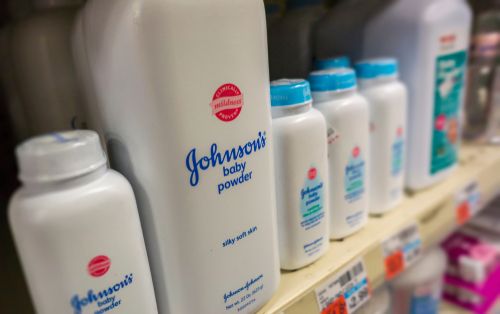
Johnson & Johnson, the US-based pharmaceutical and consumer products company that garnered praise recently for its successful development of a highly effective COVID-19 vaccine, now must stare down several ghosts from its past that have come back to haunt the conglomerate.
In addition to being caught in the firestorm over its alleged role in the opioid crisis that it paid $5 billion to resolve just five months ago, J&J currently faces massive potential liability arising out of claims that its talc products, also known as baby powder, contained toxic levels of asbestos that caused ovarian cancer and other adverse health conditions in more than 36,000 women, most of whom used the talc products over decades.
In July 2018, a group of 22 plaintiffs obtained a verdict of nearly $5 billion in damages against J&J after a Missouri jury concluded that J&J continued selling its talc products despite its awareness that those products contained harmful levels of asbestos, a known carcinogen.
Missouri’s Court of Appeals reduced the total recoverable damages against J&J to $2.12 billion but otherwise allowed the verdict to stand. The Missouri Supreme Court declined to review the appellate decision and the United States Supreme Court denied J&J’s request that it review the decision.
The verdict, which delivered an average recovery of $96 million to each plaintiff, has further incentivized the plaintiffs to go for blood, and although J&J will likely defeat some of the claims at trial (in fact, it just did), it doesn’t take many more multi-billion dollar verdicts to threaten J&J’s ongoing viability.
Hence J&J’s interest in exploring a controversial corporate reorganization strategy is known to minimize its potential losses. In its most basic form, the strategy — known colloquially as the “Texas Two-Step” — sees the company facing massive liabilities take the first step of creating a new corporate entity, to which it transfers limited assets and legal responsibility for the liabilities at issue. Step 2 sees the new corporation, whose liabilities greatly exceed its assets, file for bankruptcy protection, seeking to limit the “pot” available for recovery from all claimants to the limited amount of assets the new company has.
Here, J&J incorporated the entity LTL Management LLC (“LTL”) in Texas and transferred approximately $2.56 billion in assets and all liabilities arising out of its talc products and immediately filed for bankruptcy protection in North Carolina. Through LTL, J&J thus is seeking to cap the potential recovery of the more than 30,000 remaining talc product claimants to the under $3 billion it transferred to the new company. If successful, this would leave only pennies on the dollar available to the claimants, despite J&J’s current market value of more than $445 billion.
How is this even possible?
Well, Texas law allows such corporate splits — they’re known as divisive mergers, and they are perfectly legal in that state and others, including Arizona and Delaware. And now, with the talc product liabilities severed from J&J and tucked neatly into LTL (on paper, anyway), LTL is free to file for bankruptcy if it so chooses.
LTL’s filing for Chapter 11 protection in North Carolina — which took place in October — has since been transferred to the Bankruptcy Court of New Jersey where it remains pending. Significantly, at this point, neither J&J nor any of its other subsidiaries or affiliates are named as parties or participants in the LTL bankruptcy.
If this scheme sounds too good to be true, at the end of the day, it probably is; it’s unclear if J&J will succeed.
Attorneys for thousands of talc claimants already launched a fevered but unsuccessful effort to get the federal bankruptcy court in Delaware to stop J&J from even creating LTL in the first place back in August. Although the court rejected that effort, similar efforts are ongoing in other courts.
Andy Birchfield, a Principal at the Beasley Allen Law Firm and head of its mass torts section, represents numerous talc victims and expressed grave concern about this latest scheme.
“Consumers should be alarmed,” Birchfield said. “Johnson and Johnson is attempting to manipulate and abuse the bankruptcy system to evade responsibility to 38,000 women who have been harmed by J&J’s talc. J&J is not the first to employ this egregious tactic. It is a growing and troubling trend that J&J takes to a new, low level. If J&J were to get away with this — which seems less likely by the day — other consumer companies may use this same strategy to stonewall their customers if a product they make is defective.”
Legislators also are taking steps to curb what Rep. Jerrold Nadler, D-NY, describes as the “most extreme abuses of the corporate bankruptcy system” through circumstances like J&J’s Texas Two-Step scheme and the mechanism put in place to allow members of the Sackler Family to substantially shield their personal assets when resolving Purdue Pharma’s opioid liabilities.
The House Judiciary Committee voted 23-17 to send the Nondebtor Release Prohibition Act of 2021 for a full House vote in order to, among other things, require dismissal of Chapter 11 cases who are attempting to use the divisive merger ploy to minimize payments to claimants.
With tens of billions of dollars at stake and other powerful parties having significant stakes in the outcome (including but not limited to J&J’s third-party liability insurers), it would not be surprising to see J&J’s talc product exposures addressed through a comprehensive mediation process in which one of the “superstar mediators” of the day will take on the task of structuring a “voluntary” (but binding) resolution that metes out some measure of justice for everyone involved — indeed, such efforts are already under way. The federal bankruptcy court overseeing Chapter 11 proceedings surrounding two of J&J’s biggest talc suppliers recently appointed Kenneth Feinberg — who mediated and oversaw the 9/11 Victim Compensation Fund program — to work his magic to seek resolution of the thousands of talc liability claims brought against those entities.
One thing is certain — regardless of where and how J&J ultimately resolves its talc products liability exposure, it is going to require more than two steps.
[getsocial app=”sharing_bar”]
Don’t Miss Out!
Check out our list of Class Action Lawsuits and Class Action Settlements you may qualify to join!
Read About More Class Action Lawsuits & Class Action Settlements:
ATTORNEY ADVERTISING
Top Class Actions is a Proud Member of the American Bar Association
LEGAL INFORMATION IS NOT LEGAL ADVICE
Top Class Actions Legal Statement
©2008 – 2024 Top Class Actions® LLC
Various Trademarks held by their respective owners
This website is not intended for viewing or usage by European Union citizens.



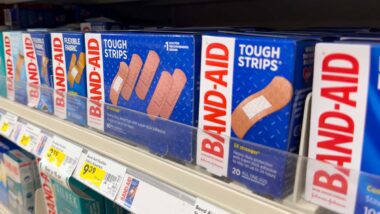
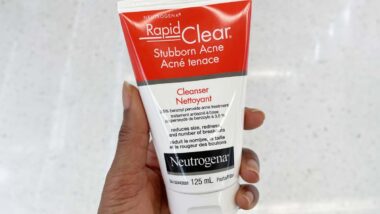
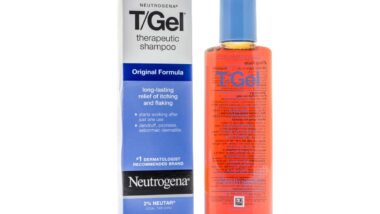

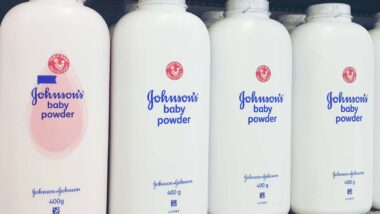


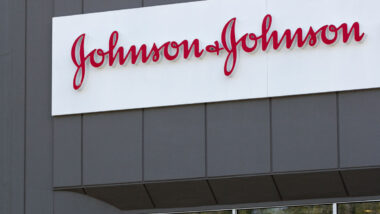
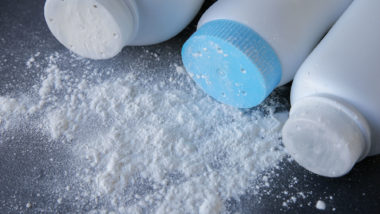
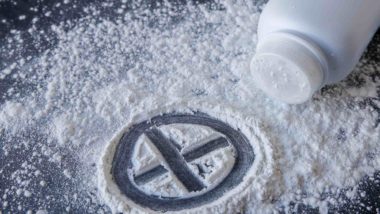
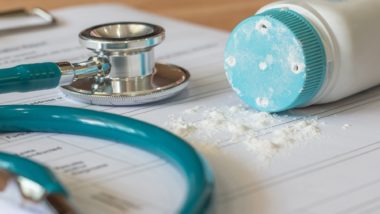
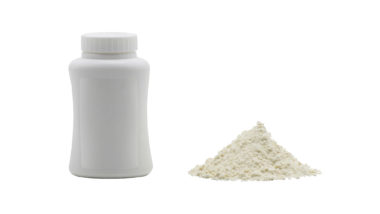
2 thoughts onWill J&J Be Able to ‘Texas Two-Step’ Its Way Out of Its Talc Liabilities?
My mother passed away in 2018 from ovarian cancer. She was a nurse who used this powder daily. She was diagnosed in 2004. The expenses incurred as well as the emotional rollercoaster is killing me. I’ve filed a claim. I’m homeless now. They are getting away with this. I’m not even asking for that much. Sad. It’ll probably kill me too now because I’m dealing with thyroid cancer myself.
I’ve been throw about the same thing with my wife she was diagnosed with ovarian cancer in 2009 she passed away in 2013 she used baby powder for years I filled a claim back in 2015 when we find out about it can cause cancer I haven’t received any thing with this Bankruptcy going on with J&J it really is sad I tell my 3 daughters it’s going to be alright one day 🙏🥺